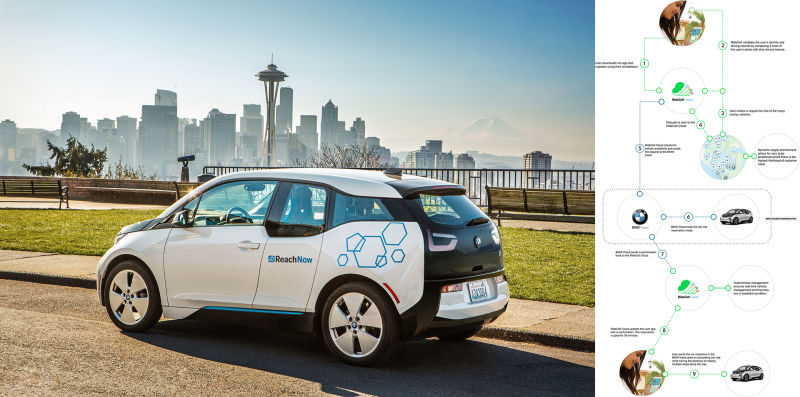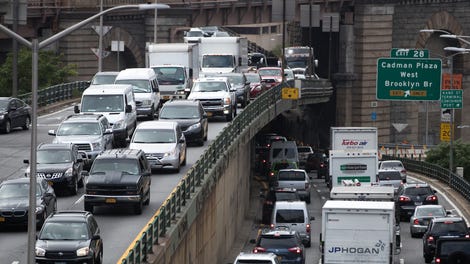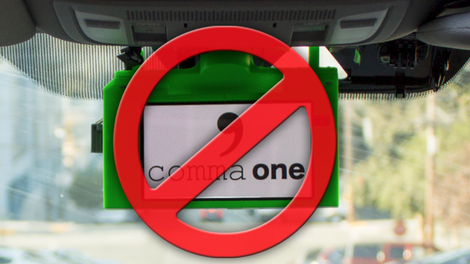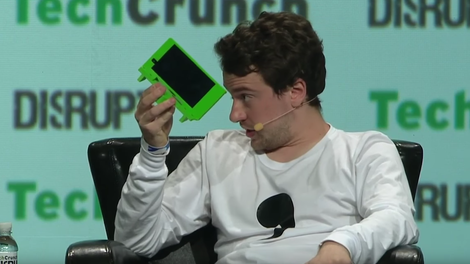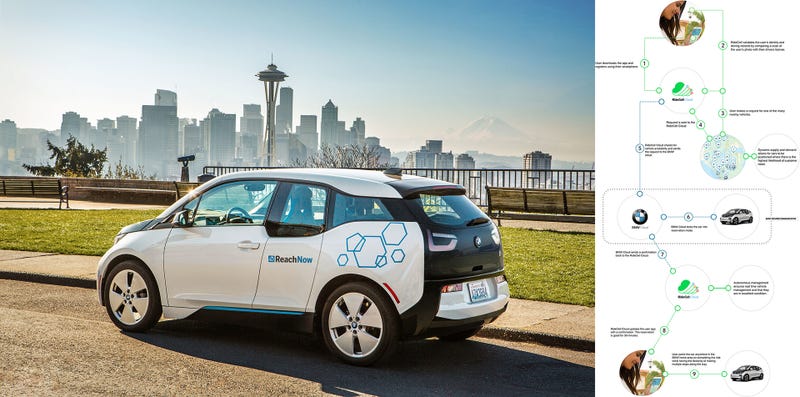
Step one was simple: use cars that aren’t painfully embarrassing to be in. BMW’s new ReachNow program has a thousand-car fleet of i3s, 3 Series sedans and Minis. Step two was more complicated.
The questionably-named ReachNow is about seven months old, but BMW’s work in (excuse me while I put on a black turtleneck and Google Glass and light up an e-cig) the mobility space is older than that.
Advertisement
Advertisement
Before ReachNow there was DriveNow, a program that’s still running with considerable success in Germany but made a brief and failed run in San Francisco that started in 2012 and ended almost exactly a year ago.
What was the critical difference that made DriveNow come to a close never making it out of a single-city pilot program, while ReachNow prospers on two coasts?
Was it that DriveNow started out with all-electric cars (BMW 1 Series ActiveEs) and expanded from there, while ReachNow has had ordinary gas-powered cars from the get go?
Sponsored
Was it that DriveNow only offered ride sharing, while ReachNow also has long term rentals and a peer-to-peer system that lets owners put their cars into service in BMW’s fleet?
Was it that DriveNow cars couldn’t get parking spaces in San Francisco because of a weird regulatory block, as Fortune reported in its program obit?
Advertisement
Yes. It was that last one.
Certainly ReachNow is a more comprehensive and attractive program than DriveNow ever was, a better intermediate between ride sharing and car owning. (Read more about the nitty-gritty on how to get into the program here if you want to see what an i3 is like, or how to share your Mini.)
Advertisement
But the critical difference is that the city of San Francisco only gives out parking spaces to car sharing programs that make you return your car to exactly where you picked it up, or to one specific dedicated spot set by the car sharing program. DriveNow allowed SF-ers to return their cars to more general areas, so it couldn’t get favorable parking permits from the city.
Seattle, by contrast, does allow for BMW’s “free-floating” car sharing, and BMW is now happily set up in the city with the new ReachNow. It has already expanded the few hours south to Portland and is now making the cross country jump to Brooklyn.
Advertisement
“Regulatory certainty is critical,” ReachNow’s CEO Steven Barfield reminded me in an interview today at the Los Angeles Auto Show, pointing out that his program can only go “where we know we have certainty.”
He joked, “I’m gonna put 500 cars on the streets of Seattle and wait for them to get towed?”
It’s wild to me that with DriveNow, BMW had the right idea at the right time in what looked like the right place. Everything looked like it would be perfect, but the regulatory environment wasn’t right. Without working within the regs, the program failed.
Advertisement
That sounds almost obvious now, in the wake of George Hotz’s aborted Comma One self-driving car module shuttered at even a questioning by the Feds. It’s a lesson that BMW learned the hard way, and it’s an important one for every other startup in this nebulous mobility business to consider as well.
Lessons In The Most Interesting Corner Of The Car Industry

